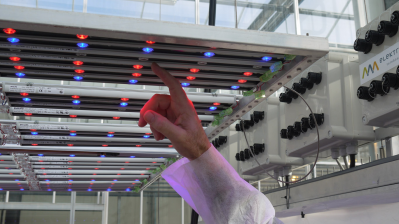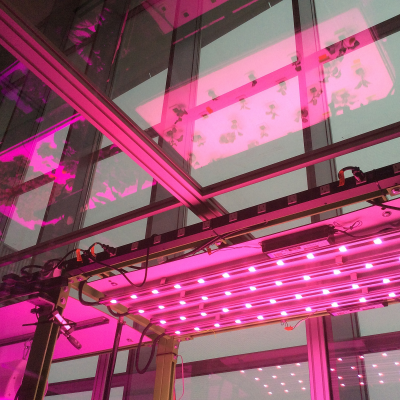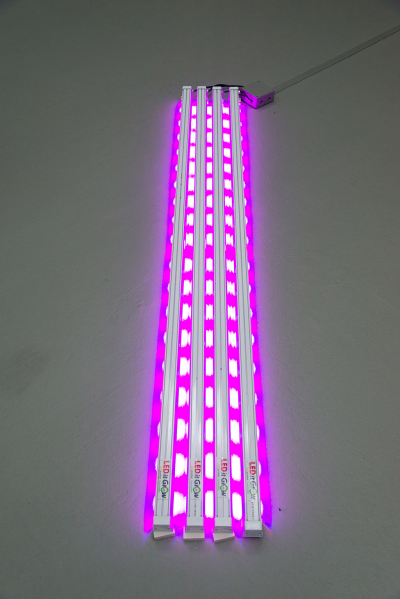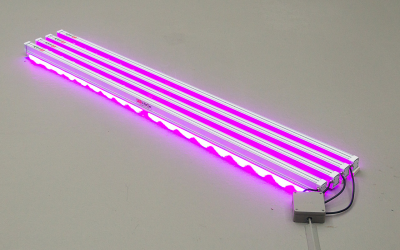
How does
a straight line
feel?
Future Light, Viennna Biennale 2015
MAK, Vienna
How does a straight line feel?"How does the straight line feel?" It feels, as I suppose it looks, straight—a dull thought drawn out endlessly. Eloquence to the touch resides not in straight lines, but in unstraight lines, or in many curved and straight lines together. They appear and disappear, are now deep, now shallow, now broken off or lengthened or swelling. They rise and sink beneath my fingers, they are full of sudden starts and pauses, and their variety is inexhaustible and wonderful."
The title of this work, quoted from The World I Live In, by Helen Keller points to spaces of imagination that often fall outside the contemporary psyche. Engulfed as we are in the present, we easily loose track of the past and lines to the future get lost or feel out of sight. The world is living through a moment of unprecedented transition and uncertainty. The global order continues to shift in ways we cannot yet fully comprehend. At the same time this contemporary moment is held in the straightjacket of the present as the media, Internet and consumer culture dulls our imaginative capacity and dissipates human experience, while technological applications seem to occupy and take over decision-making processes. At a moment when the value of culture and historical debate is instrumentalised by a perpetual present-ism, how can the creation of spaces of experience be used to re-orient the line of debate?
How does the straight line feel? is a step in the research Bik Van der Pol that brings together the
surface of painting (see for example the roundtable conversation in Artforum Summer 2015 on the Harvard paintings of Mark Rothko ), the three-dimensionality of light (what would Dan Flavin do today?), and the transition to LED-lit environments (see University Wageningen and Bright Box.
Besides conditioning human visual perception, LED-lights are having effects on organisms such as plants, animals and human beings. While environments are influenced through personal devices (like smart phones and tablets), at other times there is no choice in the lighting conditions we are subjected to in public or semi-public environments such as schools, hospitals, and other spaces. LED is rapidly replacing the orange light of our urban nightscapes and the warm-yellow light bulbs in domestic space, and the introduction of LED lighting in the greenhouse horticulture sector generates rapid innovations like high-precision control of the growing process and huge energy saving.
This future light that already arrived is the hidden quality of abstraction. As an extension from a modernist past directed by flows of information and energy, lines of light form new horizons, create new imaginative possibilities, and ways of occupying and experiencing space.




 Exhibitions View, Future Light, Vienna Biennale 2015, MAK Exhibition Hall © MAK/Nathan Murrell
Exhibitions View, Future Light, Vienna Biennale 2015, MAK Exhibition Hall © MAK/Nathan Murrell